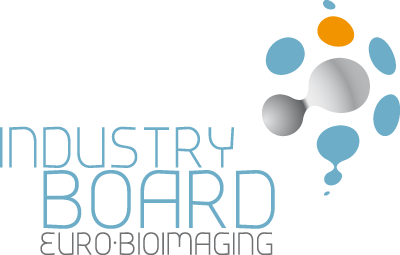Want to learn more about cameras, sensors and lenses to enhance your imaging experience? Join us for the next Tech Exchange on 10th March 2023 at 2pm directly after the Euro-BioImaging Virtual Pub for another 2 exciting company presentations.

“Enabling the integration of spectral imaging in biomedical instruments”
The potential benefits of spectral imaging for biomedical applications have long been established. Now it’s time to take the step from lab experiments to clinical practice – enabled by a vital technological advance: on-chip spectral imaging.
Wouter Charle explains why imec‘s process of incorporating thin-film spectral filters directly on the pixels of commercial image sensors is a game-changer for medical spectral imaging. Because the technology is so compact, it facilitates its integration into medical instruments such as microscopes and even endoscopes. And its unique capability for video-rate imaging finally enables researchers and medical practitioners to examine processes of living organisms and tissues in real time.
Make sure to join this webinar for insights into next-gen biomedical applications such as video-rate spectral imaging of biological processes in organs-on-chip, live imaging in incubators and microscopes, and surgical imaging.


Michel Antolovic from Pi Imaging and Johan Hummert from PicoQuant will talk about “High-speed FLIM instrumentation for confocal and widefield microscopy”.
Single-photon avalanche diodes (SPADs) arrays and image sensors have reached performance levels equal or better than PMTs and similar to single-pixel SPADs (or APDs). This performance enables their usage in microscopy while tremendously increasing imaging speed.
SPAD arrays for confocal detection thus pile-up constraints in fluorescence lifetime imaging (FLIM). A FLIM frame rate improvement of 23× can be achieved. Additionally, SPAD arrays can be used in image scanning microscopy, leading to 2× spatial resolution improvement.
SPAD image sensors with up to 512×512 pixel resolution can be used for widefield FLIM, leading to a simplified and high-speed FLIM setup. For FLIM, SPAD image sensors are used in time-gating mode, which enables very precise timing resolution of down to 17 ps.
Everyone is free to join, but registration is required. Just sign up for the Tech Exchange and Euro-BioImaging’s Virtual Pub scientific seminar series once, and you will get automatic reminders for upcoming events.

